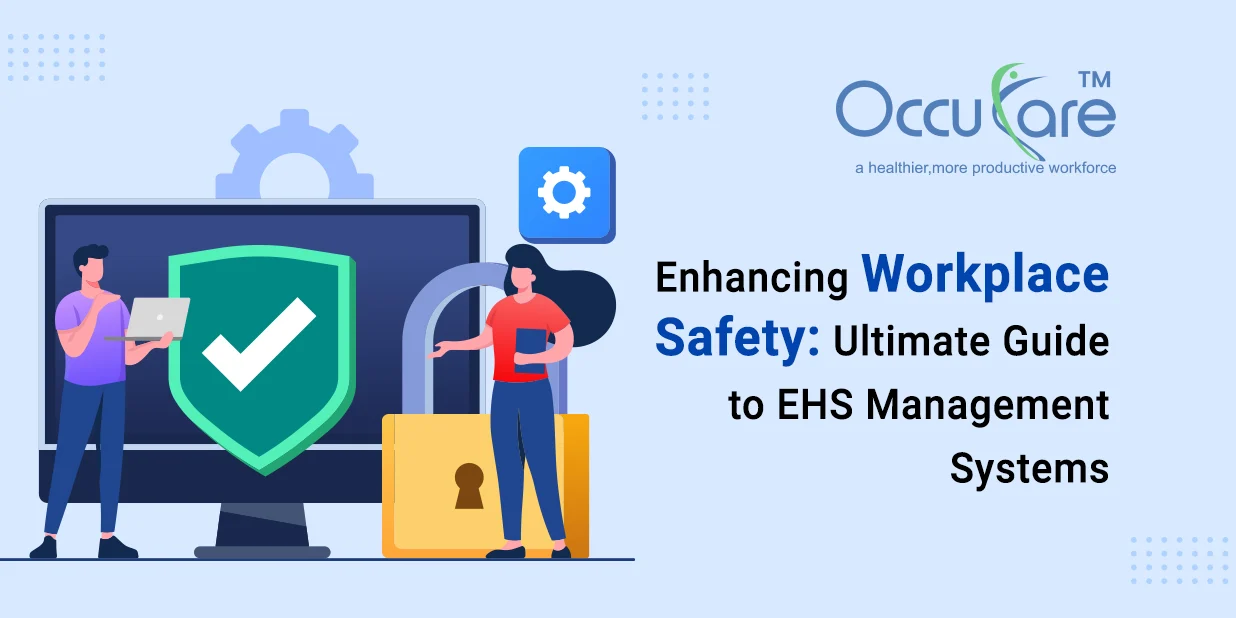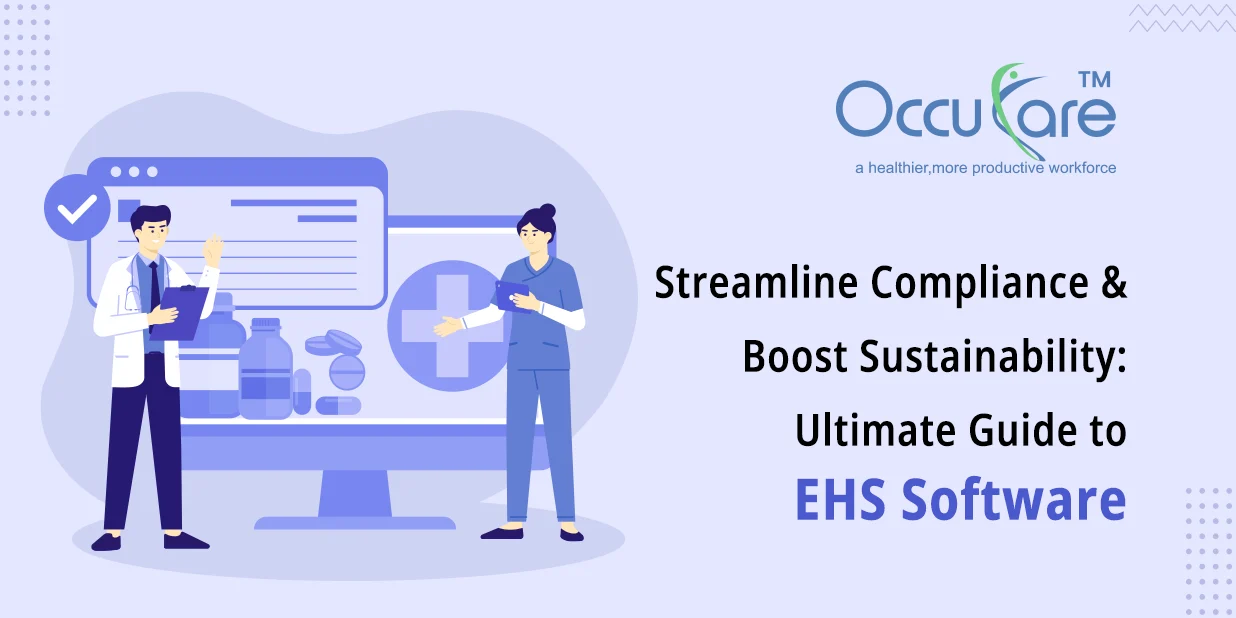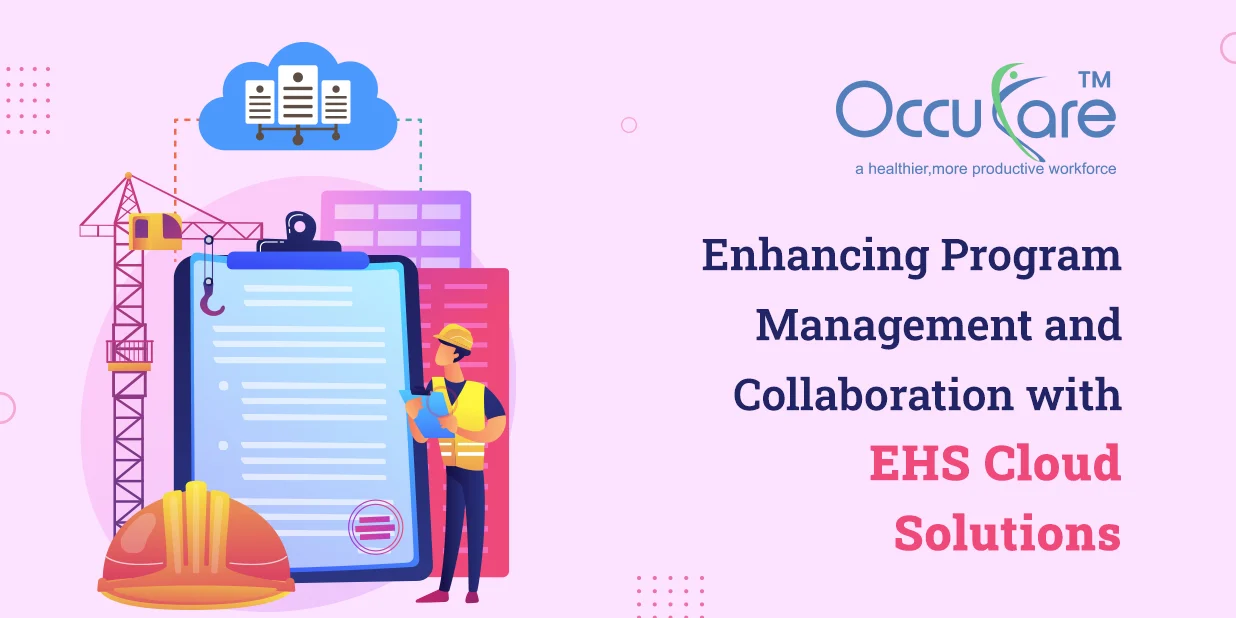Ensuring worker security and regulatory compliance has never been more important in the fast-paced workplace of today. To improve worker safety and streamline operations, businesses are increasingly using the environment, Healthcare, and Security Management Systems. To enable enterprises to establish safer, more effective workplaces, this work examines the elements, advantages, implementation methods, and current developments of EHS management systems.
An EHS Management System: What Are Its Benefits?
Organizations use an EHS management system as a framework to handle workplace safety, occupational health, and environmental obligations. It includes guidelines, protocols, and practices intended to reduce risks and guarantee adherence to rules. A strong EHS system promotes an understanding of security and environmental responsibility in addition to compliance.
Environmental Management System Policy:
A well-defined EHS policy establishes the organization’s stance on environmental responsibility and safety. All organizational levels should be informed of this policy.
Risk assessment:
It’s critical to recognize possible dangers and evaluate them. This procedure entails assessing workplace conditions, procedures, and operations to identify potential problems and their repercussions.
Education and Training:
To guarantee that staff members comprehend safety processes, emergency protocols, and the significance of EHS compliance, ongoing training programs are crucial.
Incident Report and Investigation:
Accident, near-miss, and unsafe condition reporting procedures are all part of a successful EHS system. Examining these occurrences aids in learning and development for companies.
Important EHS Management System Elements:
1. Development of Policies:
An EHS management system is built upon a strong EHS policy. It should make the organization’s dedication to environmental stewardship and safety very evident. Important components consist of:
2. Evaluation of Risk:
Making comprehensive risk assessments is essential to spotting any dangers at work. Identifying biological, chemical, physical, and occupational hazards.
3. Education and Knowledge:
Training employees about EHS regulations and processes is crucial to developing a culture that values safety. Think about the following:
- Induction Training: A detailed overview of safety rules and risks should be given to new employees.
- Ongoing Training: Safety is always at the top thanks to specialized training for positions and regular refresher classes.
- Campaigns for Awareness: To raise awareness of safety, use workshops, newsletters, and posters.
4. Reporting and Investigating Incidents:
In order to learn from mishaps and stop them from happening again, an efficient notification and investigation procedure is essential. This includes:
- Reporting Mechanism: Provide an easily understandable procedure for reporting mishaps and close calls.
- Investigation Procedures: To identify the underlying reasons and carry out corrective measures, conduct in-depth investigations.
- Documentation: Maintain thorough records of events, inquiries, and remedial measures for analysis and continuous improvement.
5. Ongoing Enhancement:
Systems for EHS management ought to encourage a constant improvement mindset. Companies can accomplish this by:
- Feedback mechanisms: Request opinions from staff members regarding safety procedures and guidelines.
- Learning Learned: Disseminate best practices and incident-related learning throughout the company.
- Adapting to Change: Keep up with modifications to laws and industry standards and adjust policies accordingly.
Difficulties in Environmental Health:
Even with the significance of EHS systems of management, businesses frequently encounter difficulties, such as:
1. Opposition to Change
Workers might object to modifications to customary procedures. To overcome this, you need:
- Effective Communication: Outline the advantages of any new projects in clear and concise terms.
- Employee Involvement in Decision-Making: To promote a feeling of ownership, involve your staff in the process.
2. Restrictions on Resources
Inadequate funding may make EHS initiatives difficult. Companies can deal with this by:
- Setting EHS Goal Priorities: Concentrate your efforts and resource allocation on high-impact areas.
- Leveraging Technology: Improve EHS management by utilizing affordable technological solutions.
3. Complying with the Law
EHS rules are subject to regular revision. Companies can maintain compliance by:
- Reviewing Regulations Frequently: Assign a specialized group to keep an eye on modifications to laws and standards.
- Education and Awareness: Continue to offer instruction on regulatory updates to employees.
EHS Management’s Future:
EHS systems for management will change if businesses have sustainability and safety as their top priorities. Important patterns consist of:
1. Technology Integration:
Advances in technology like machine learning, artificial intelligence (AI), and data analytics will improve EHS systems for management by enabling better reporting, predictive analysis, and real-time monitoring.
2. Pay Attention to Mental Health
Organizations should rapidly add mental well-being work to tackle anxiety, exhaustion, and social security in their EHS programs as a recognition of the importance of psychological wellness in the workplace.
3. Corporate Social Duty (CSR) and Sustainability
EHS management systems, prioritizing maintaining the environment and involvement in the community, will progressively line up with more general sustainability objectives and projects related to CSR.
Putting in place a strong EHS framework is essential to improving workplace safety and encouraging a responsible culture. Workplaces can become healthier, more secure, and more sustainable by recognizing the essential elements, resolving issues, and embracing emerging trends. Setting EHS as a top priority benefits communities and businesses alike by safeguarding workers as well. Organizations may make great progress in their EHS Programs, which will ultimately result in a healthier and more efficient workplace, by subscribing to continuous enhancement and including all stakeholders.








